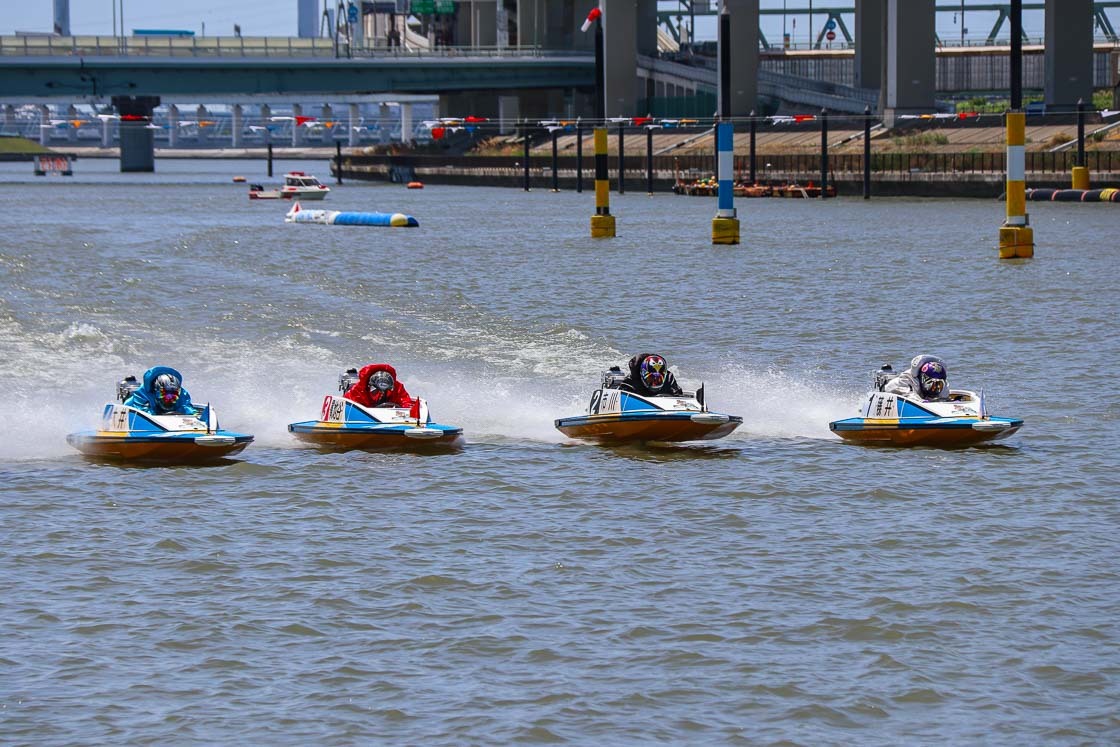A beginner’s guide to Boat Race in Japan
In 1952, the first historic boat race in Japan was held at Omura in Nagasaki. Since then, boat racing in Japan has provided seven decades of entertainment and fast-paced action to the public. Boat racing is also one of four public sports that allow betting besides horse racing, bicycle racing and motorcycle racing.
Boat racing involves boat racers piloting motorboats. Similar to horse racing, spectators can place bets on boat racers. The fastest boat wins the race, and consequently, winning bets can be exchanged for cash. A portion of the profits from the boat races go to social welfare, as part of contributing back to the wider society.
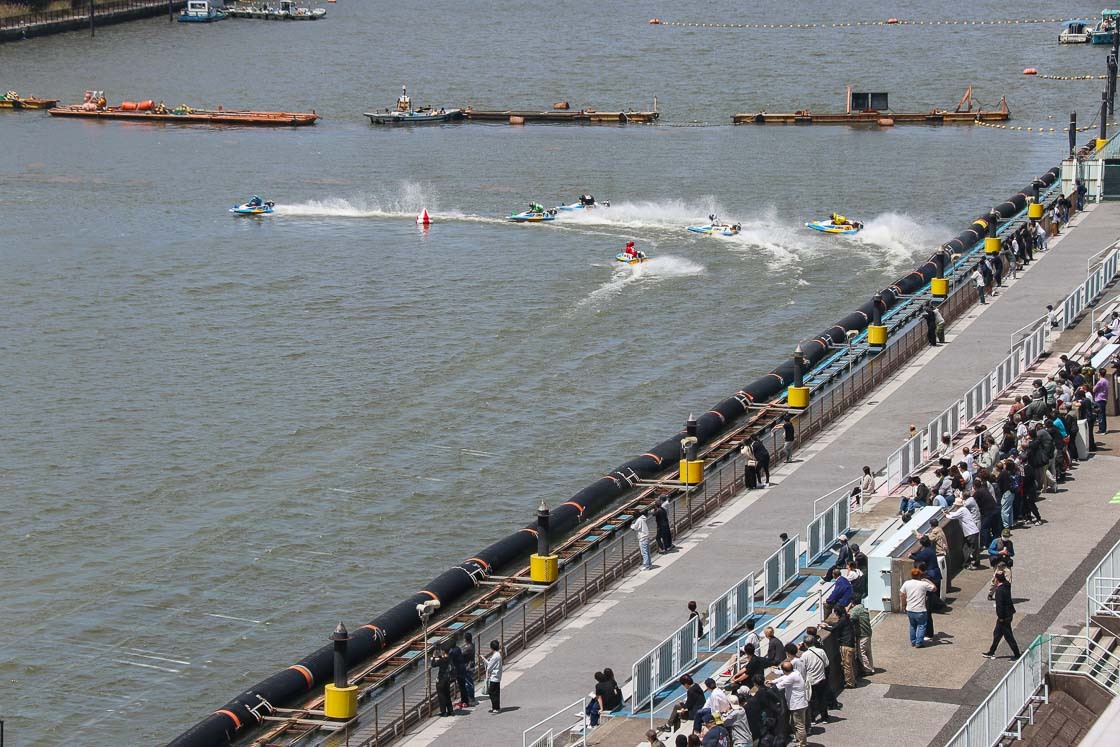
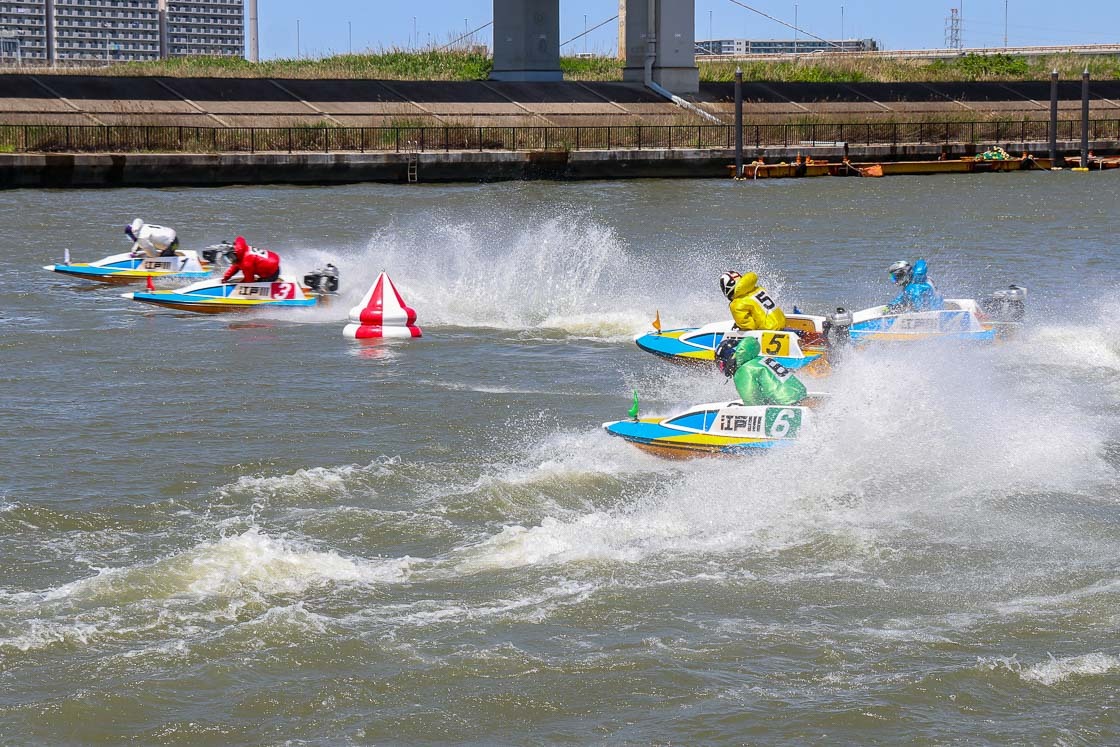
There are many boat race venues in Japan, but the way of enjoying a boat race is the same across the board. This article is a guide to the basics and rules of boat race as well as how to enjoy it.
Boat race venue
There are 24 boat race venues in Japan. Boat race venues, also known as stadiums, are typically located outside of the city centers as the courses are found on bodies of water such as rivers, seas or ponds. Some venues are located within walking distance from the nearest train station, while others offer a free shuttle bus service from the nearest train station.
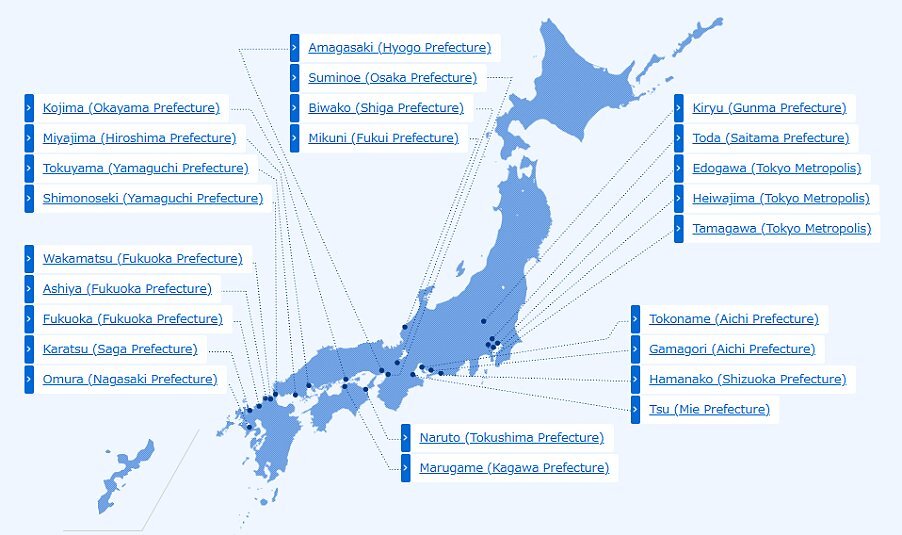
A token admission fee, usually 100 yen, is required to enter the boat race venue. Admission for minors (those under 20 years old) is free, but they must be accompanied by an adult. The following are available inside a stadium:
- paid seating and free seating from where spectators can see the boat races.
- machines for purchasing betting slips and receiving winnings
- restaurants and/or food stands
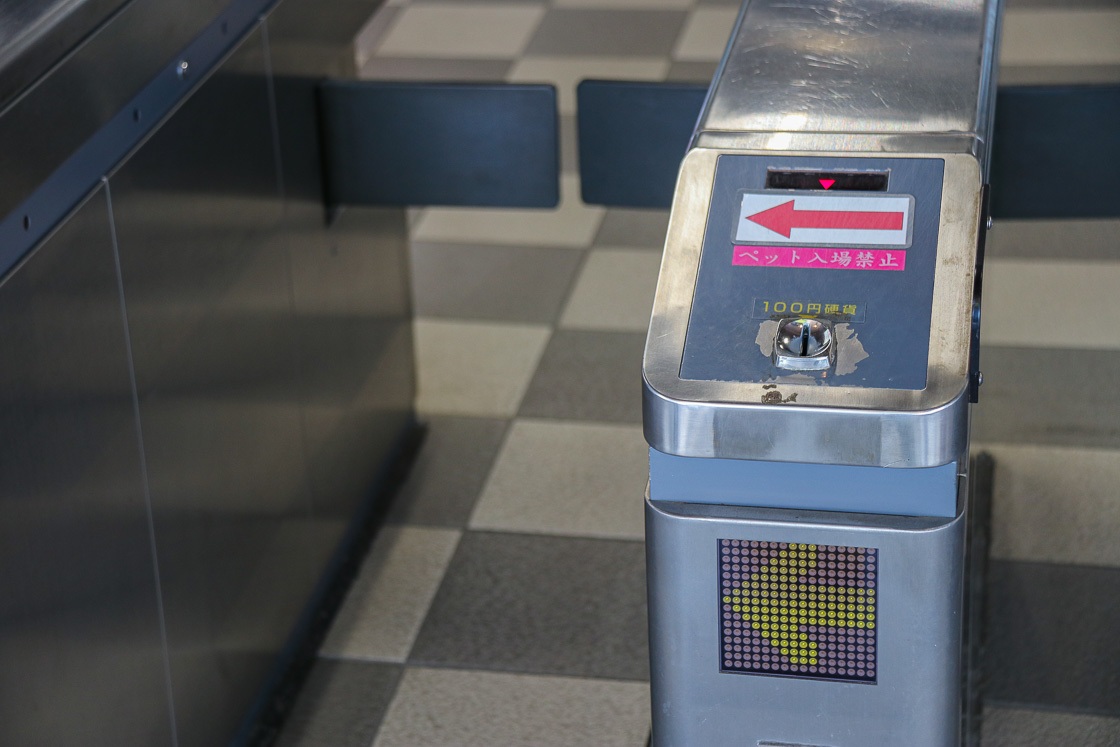
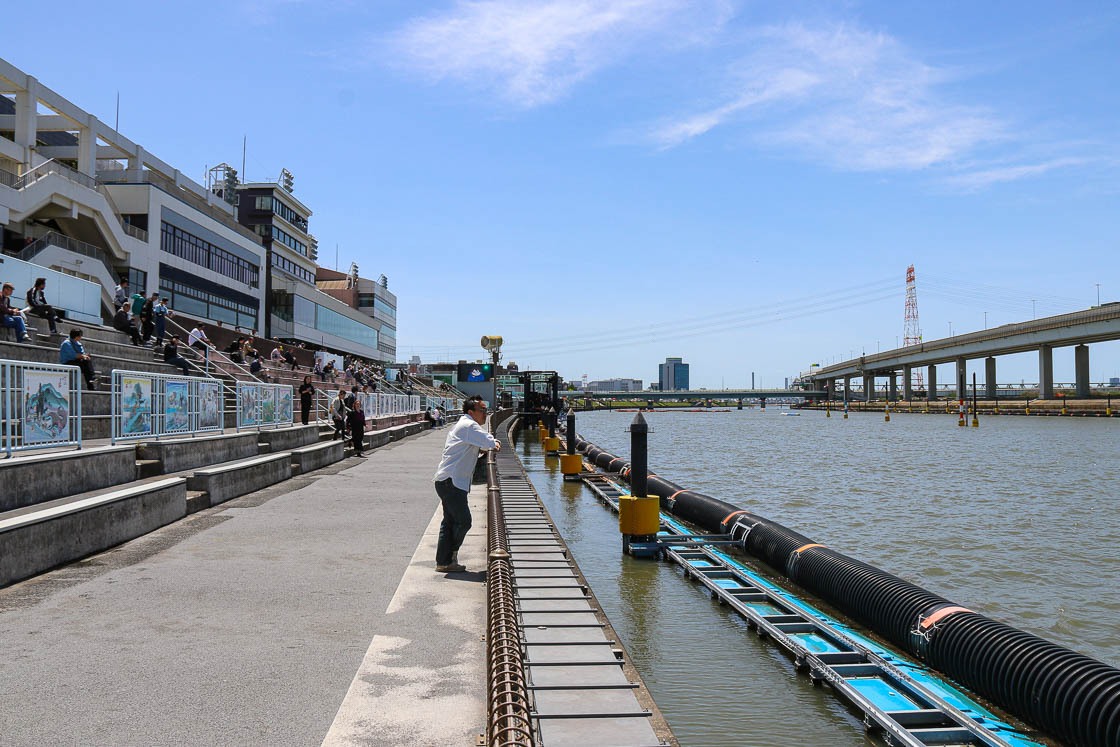

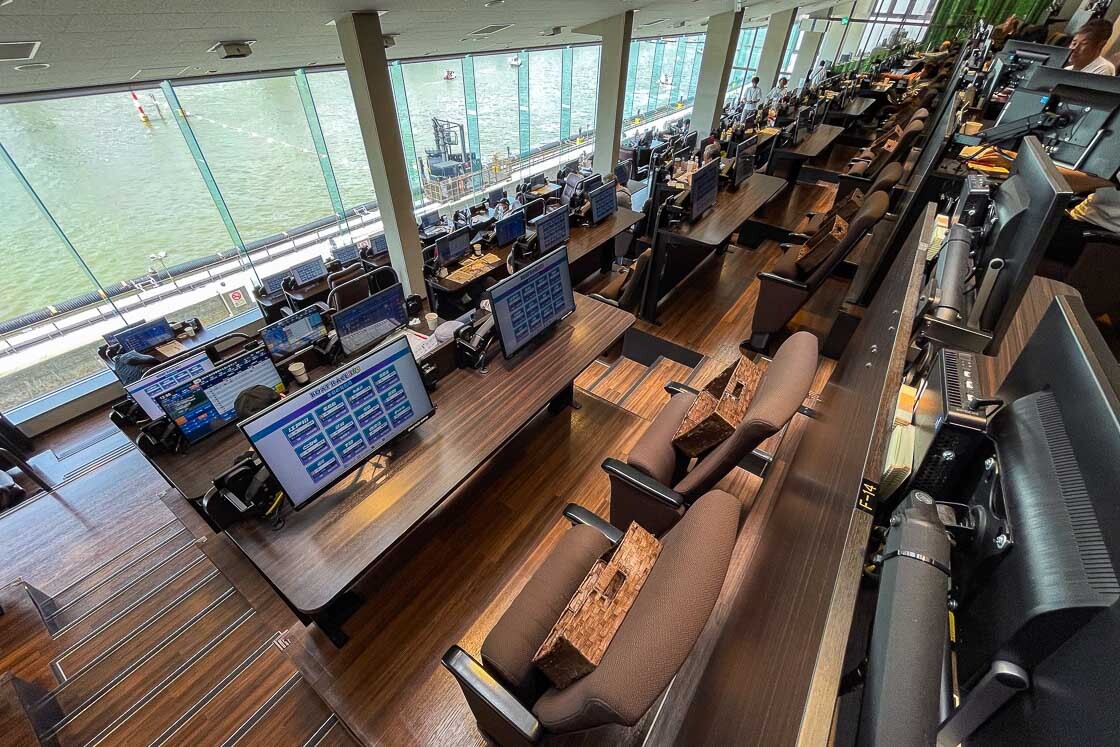
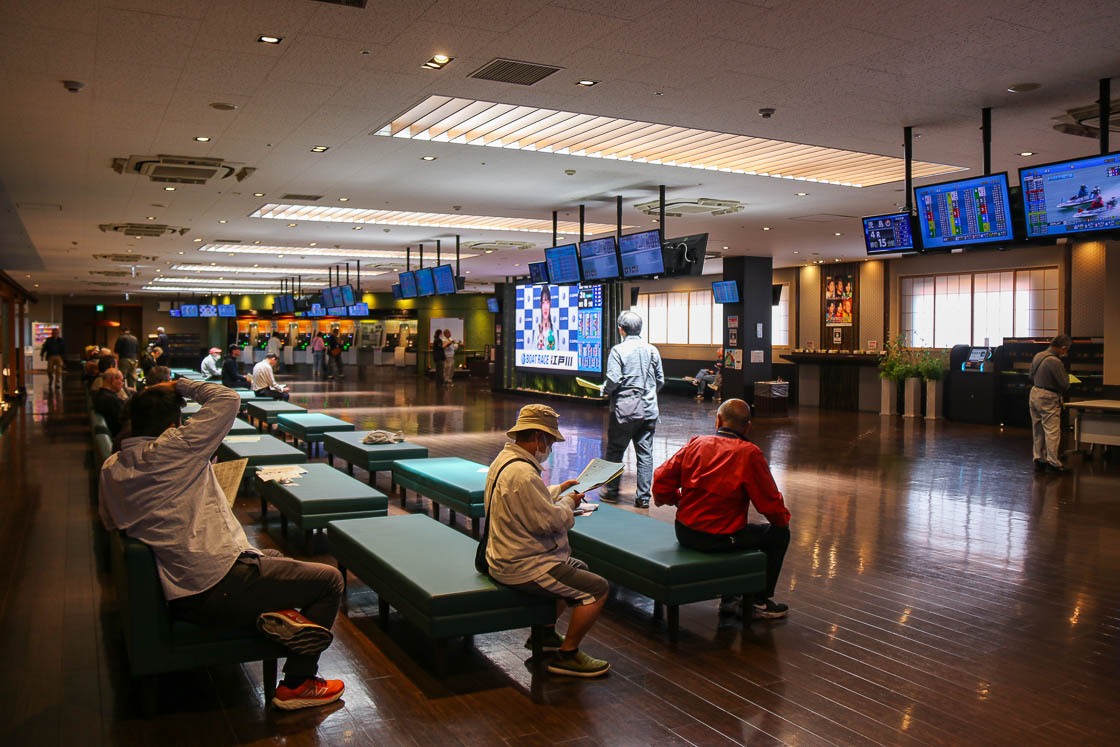



Tournaments and Racers
There are six race grades, starting with the highest: Special Grade (SG), Premium Grade 1 (PG1), Grade 1 (G1), Grade 2 (G2), Grade 3 (G3) and General. The SG, PG1 and G1 tournaments are held about 40 times a year, while the General tournaments are held multiple times a month. Every venue conducts about 3-5 tournaments a month, and each tournament lasts about 4-6 days. Tournaments can be held in either one of these time periods: morning (8:30 - 14:30), day (10:30 - 16:30), summer time (12:30 - 18:30) and night (14:30 - 20:30).
Regardless of race grade, there are twelve races a day during a tournament and only six boats per race. For example, in a six day tournament, racers start in a different lane on the course across six races in the first four days. Points are awarded for each finishing position, which ranks the racers by the end of four days. The top 18 racers head to the semi-finals and finals, while the remaining racers who do not make the cut still race.
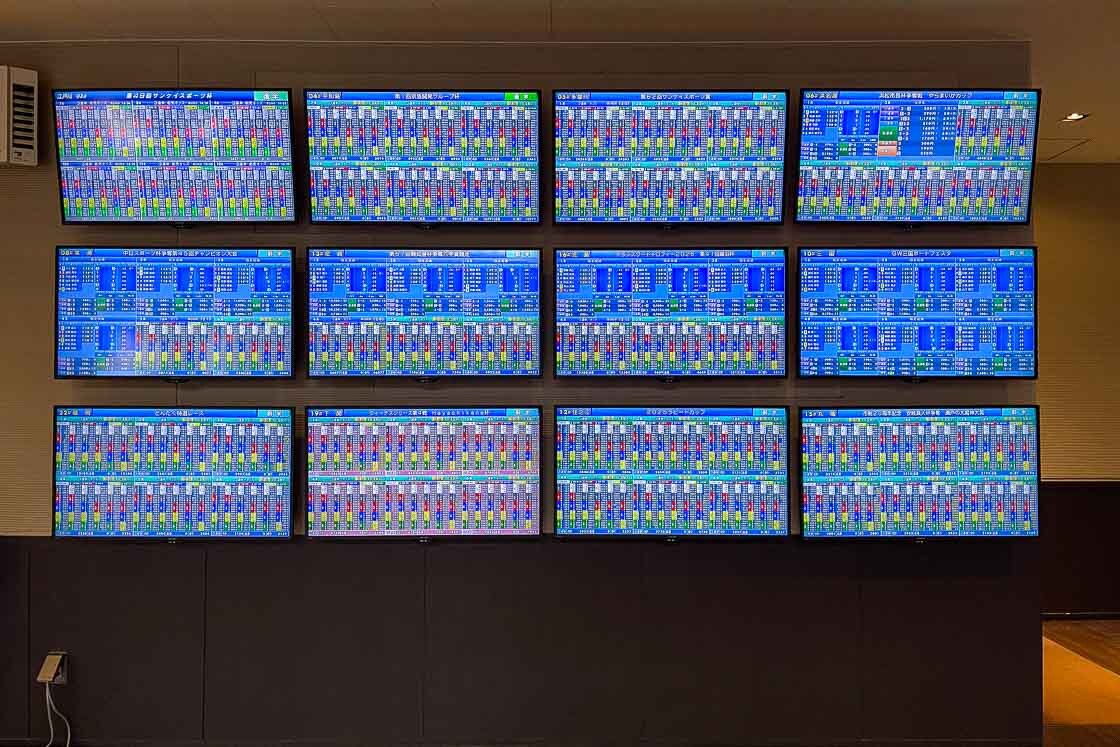
Boat motors and propellers are owned by the stadium, and they are assigned to the boat racers by lottery the day before a tournament. Boat racers are responsible for the set up and fine tuning of their boat and motor for the duration of the tournament. Whether a boat racer can win the race depends on the course technicalities, weather conditions, race strategy and how well they utilize the provided motor and propeller. A skilled boat racer should ideally be adept at technical driving and strategy as well as mechanical skills.
There are approximately 1600 boat racers in Japan, of which about 15 percent are women. Boat racing is one of the few sports in the world, where men and women can compete alongside one another under the same conditions. Aspiring boat racers must undergo an intensive one year boat racer incubator course in Fukuoka as well as pass a boat racer license exam before they can race professionally.
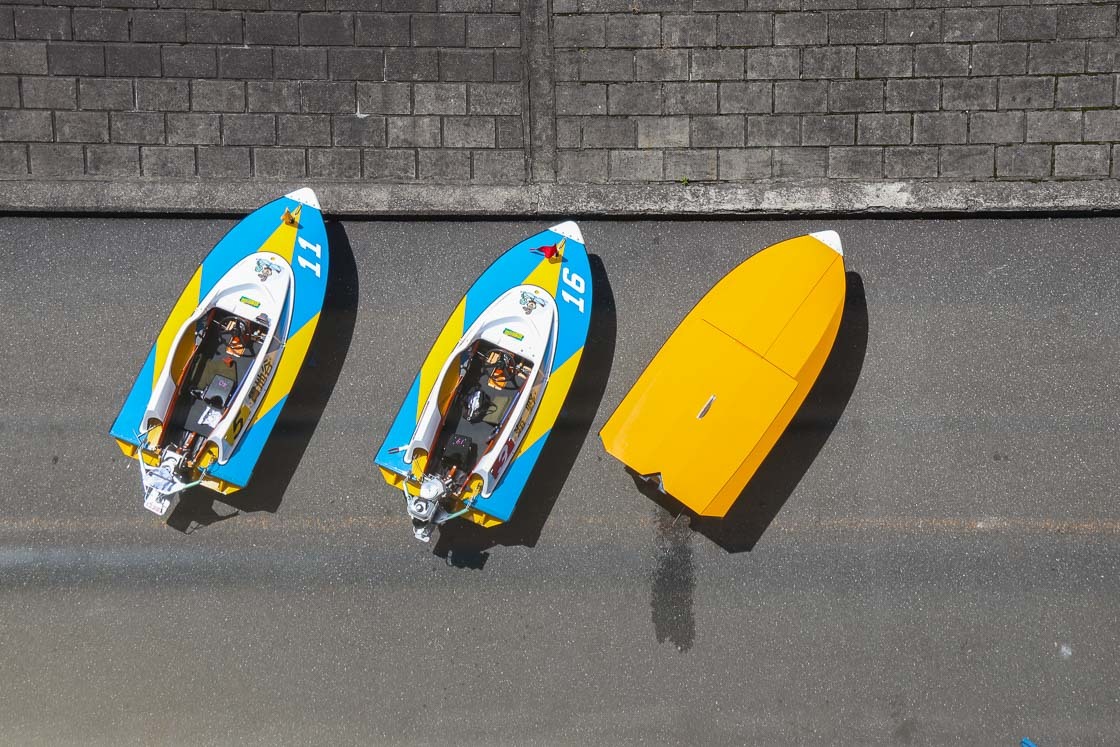
Rules of the race
There are six boats competing in each race, and each boat is assigned a color, which indicates their starting lane. The innermost lane is 1, where the white boat always races from, followed by black, red, blue, yellow and finally, green in lane 6 on the outermost lane. It is worth noting that boat racers will wear a colored jacket that corresponds to their boat color.
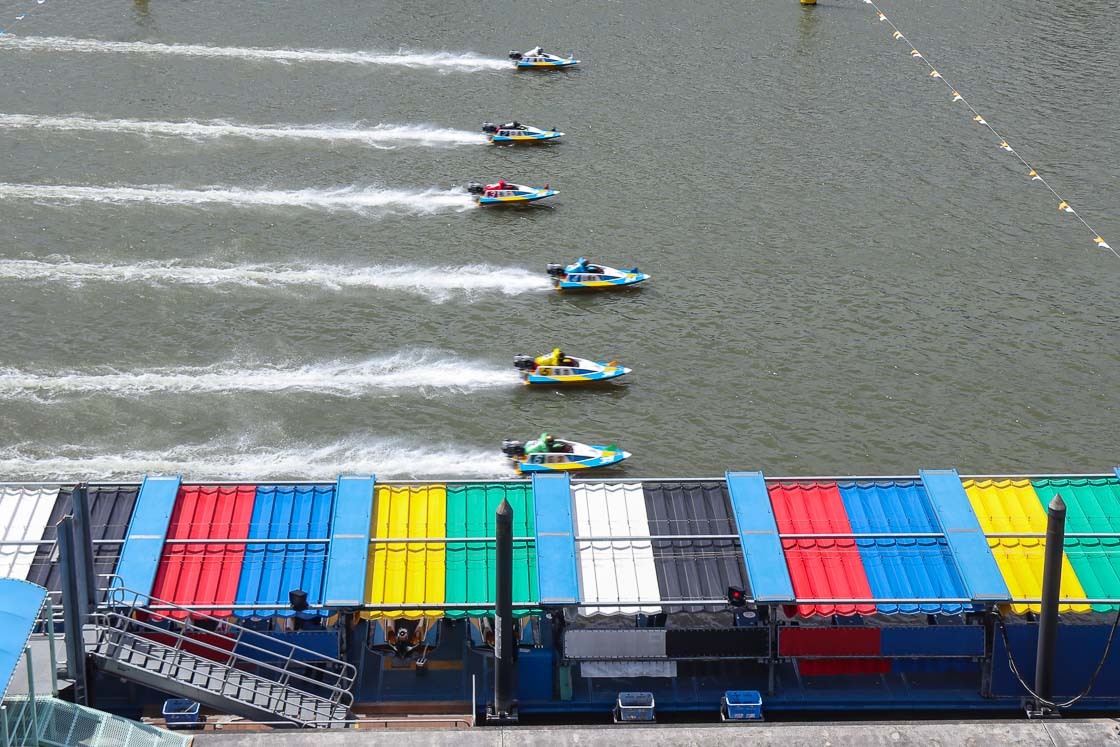
About 15-20 minutes before each race, racers take part in an exhibition lap. This gives spectators the opportunity to see how the racers handle their boats in the current course conditions, and then make informed decisions for their bets. Those who have not yet put in their bets for that race will have the time to do so between the end of the test run and the start of the race.
Unique to boat racing is its "flying start", which was introduced to promote fairness and boost strategy making. This is different from races in which competitors take off from the starting line at the same time, e.g., horse racing, formula racing. For a flying start, racers target to cross the starting zone when the race clock strikes zero and within 1 second of the start of the race. Crossing the start line before the clock strikes O or after it strikes 1 will disqualify the boat.
A giant clock by the start line counts down to the start of the race. By ten seconds before the race starts, racers get into their lane positions, while slowly increasing their speeds to cross the start line at full speed. Racers have to do three laps around a 600 meter course, and the fastest boat across the finish line is the winner. One race typically takes about 1 minute 50 seconds.
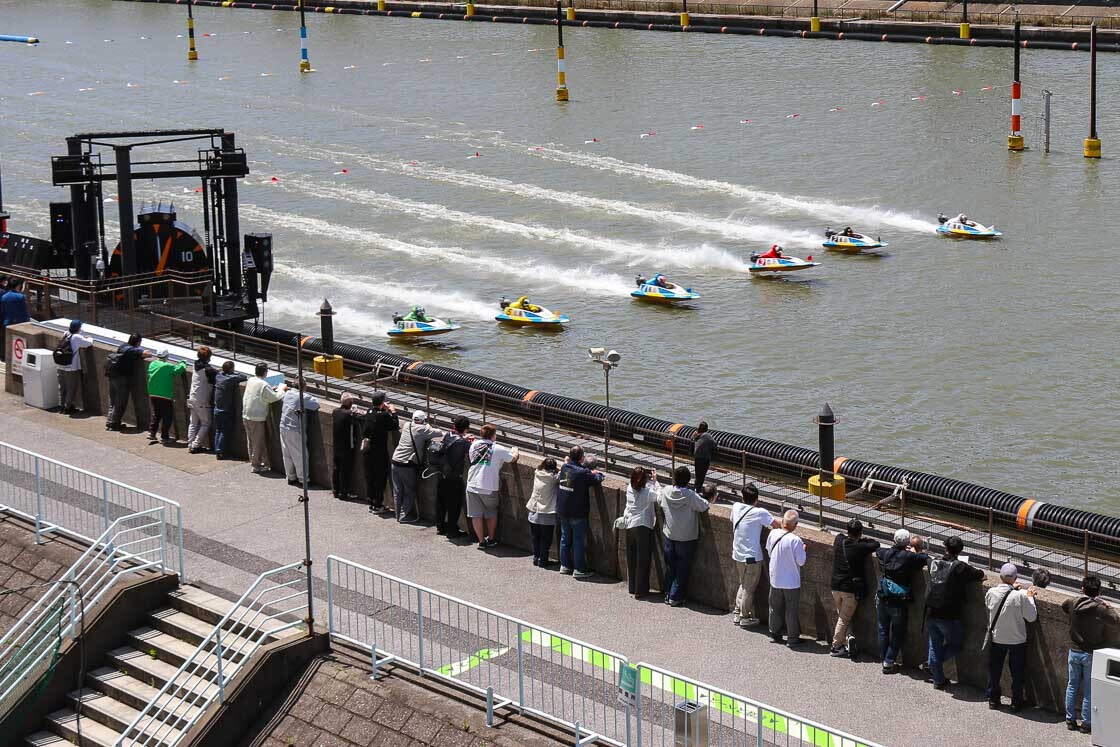
How to place bets
As with any race or competition, there are odds for each competitor. These odds are shown on monitors inside a boat race venue. Note that the higher the odds, the less the competitor is tipped to win. Monitors also display information like boat and motor statistics, race number and boat racer info.
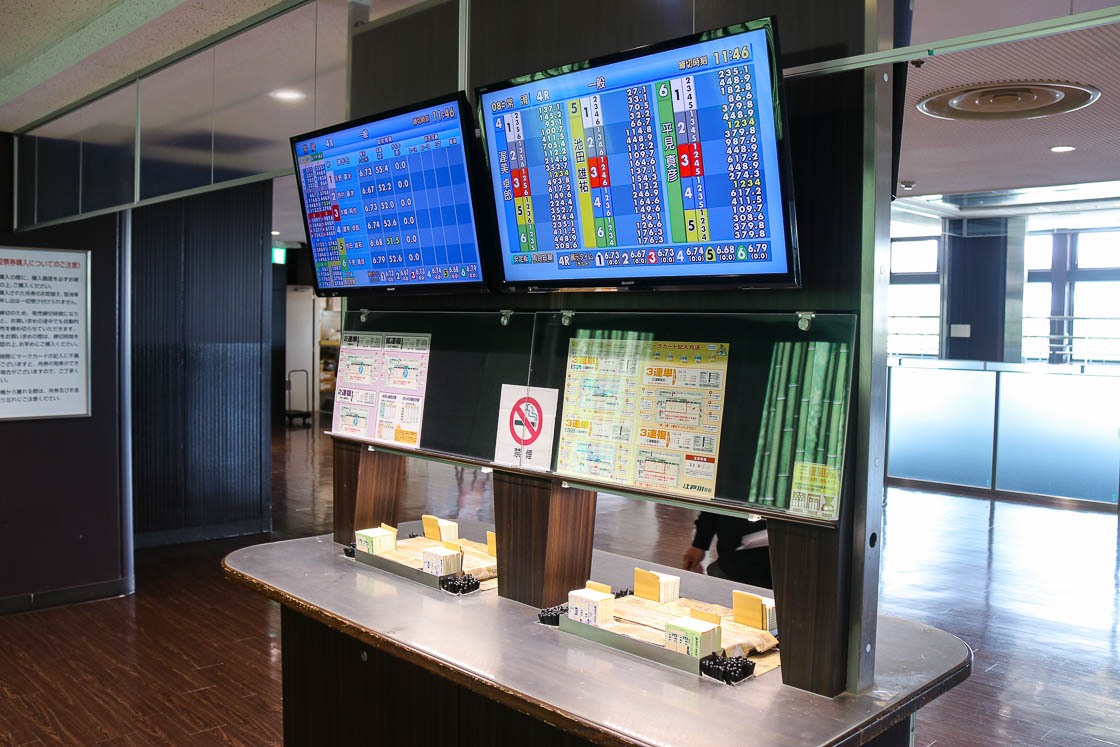
Cash is the de facto mode of payment inside a boat race venue. All bets can only be purchased in cash.
There are seven types of bets you can place, each with their respective odds for winning. They are:
- Pick the winning boat
- Pick one boat that finishes in first or second place
- Pick two boats that finish in the top 2 positions, in correct order
- Pick two boats that finish in the top 2 positions, regardless of their order
- Pick two boats that finish in the top 3 positions, regardless of their order
- Pick three boats that finish in the top 3 positions, in correct order
- Pick three boats that finish in the top 3 positions, regardless of their order
These are the steps for placing a bet.
- Fill out a betting card with the relevant details
A betting card contains the following to select: the venue name, race number, bet type, and finishing order (first to third positions). At the top are the race numbers and venue selection. In the main selection area, choose a bet type, and pick 1-3 boat numbers based on the chosen bet type. Each line on the card represents a single race. Then, select your bet amount. The lowest single bet amount is 100 yen. - Go to a ticket machine
Look for ticket machines with both the Japanese characters öŁöä (ticket sales) and Ģź¢▀ (payout/refund) above it. They are the ones that serve the dual purpose of purchasing betting slips and receiving a payout or getting refunded. Some machines only allow for either ticket sales or payout/refund and are marked as such. - Purchase your betting slip
Insert cash into the ticket machine first, then insert the filled out betting card. The machine reads the betting card and dispenses a betting slip with the information marked out. Ticket machines also pay out winnings, when winning betting slips are inserted after a race. - Watch the race and hope that your chosen boats win the race. Good luck!
※Betting slips can be purchased only by those who are 20 and above.
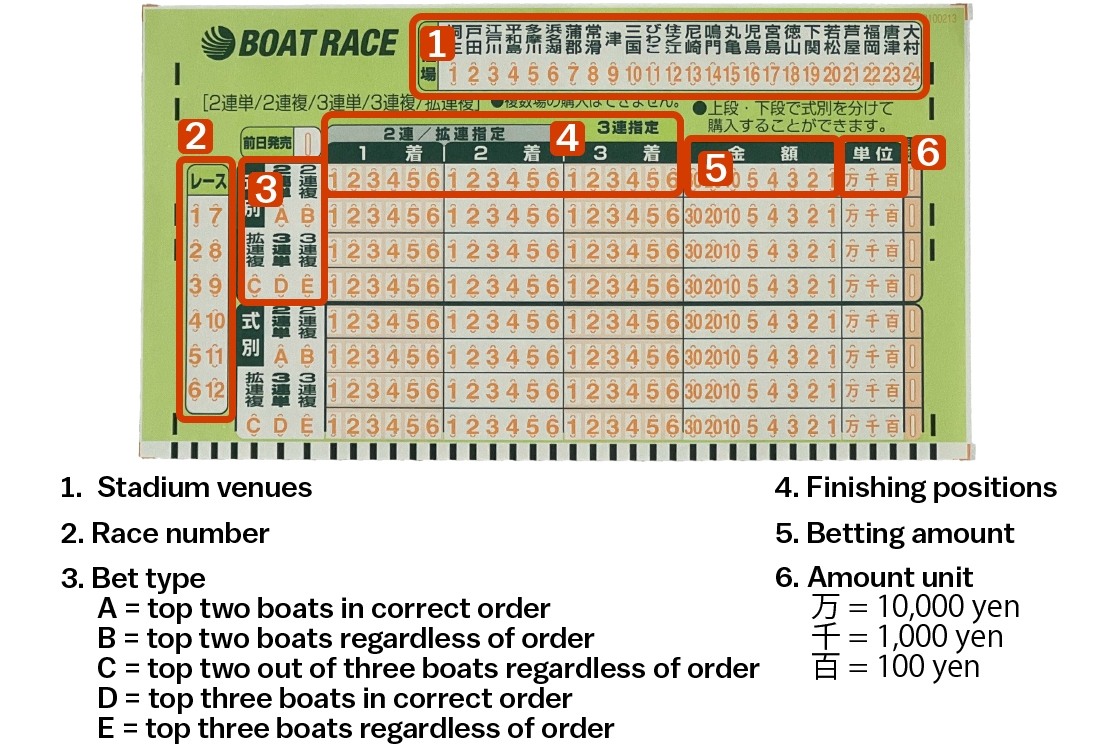
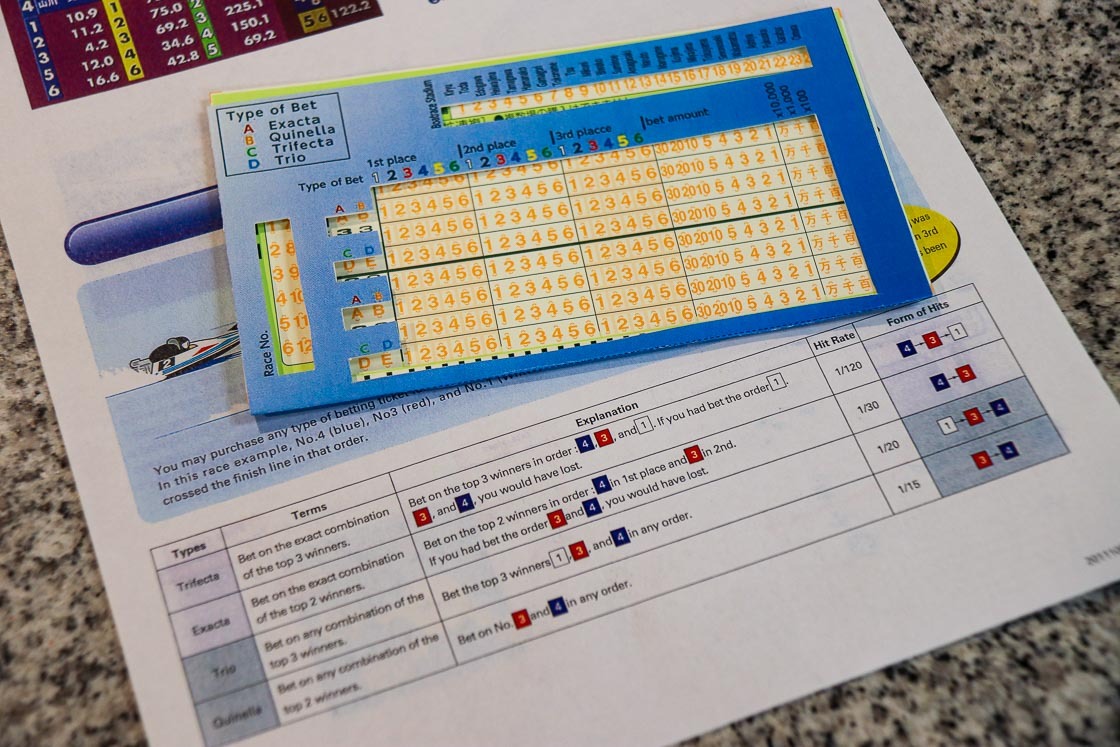
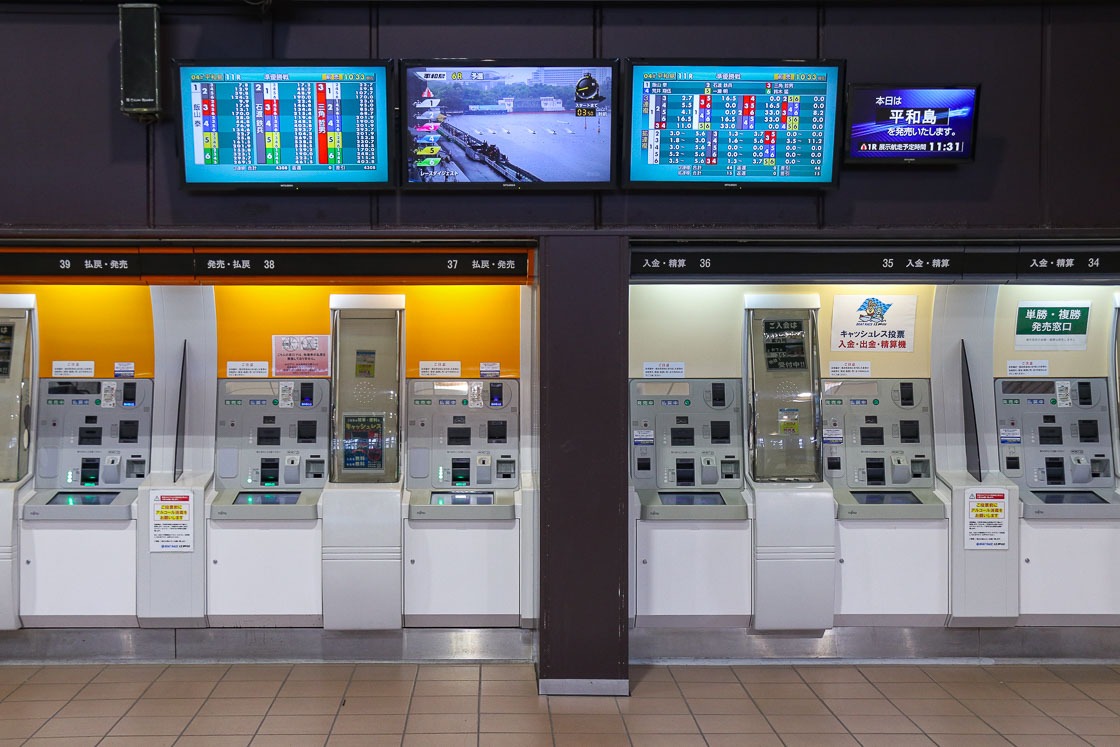
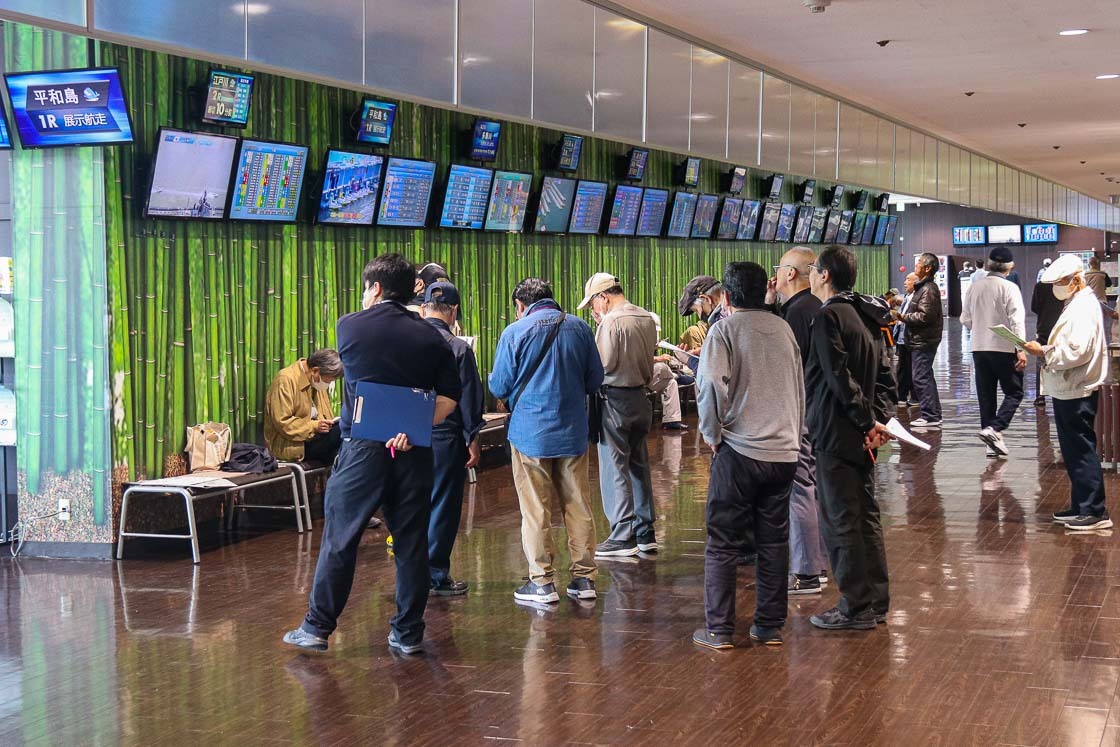
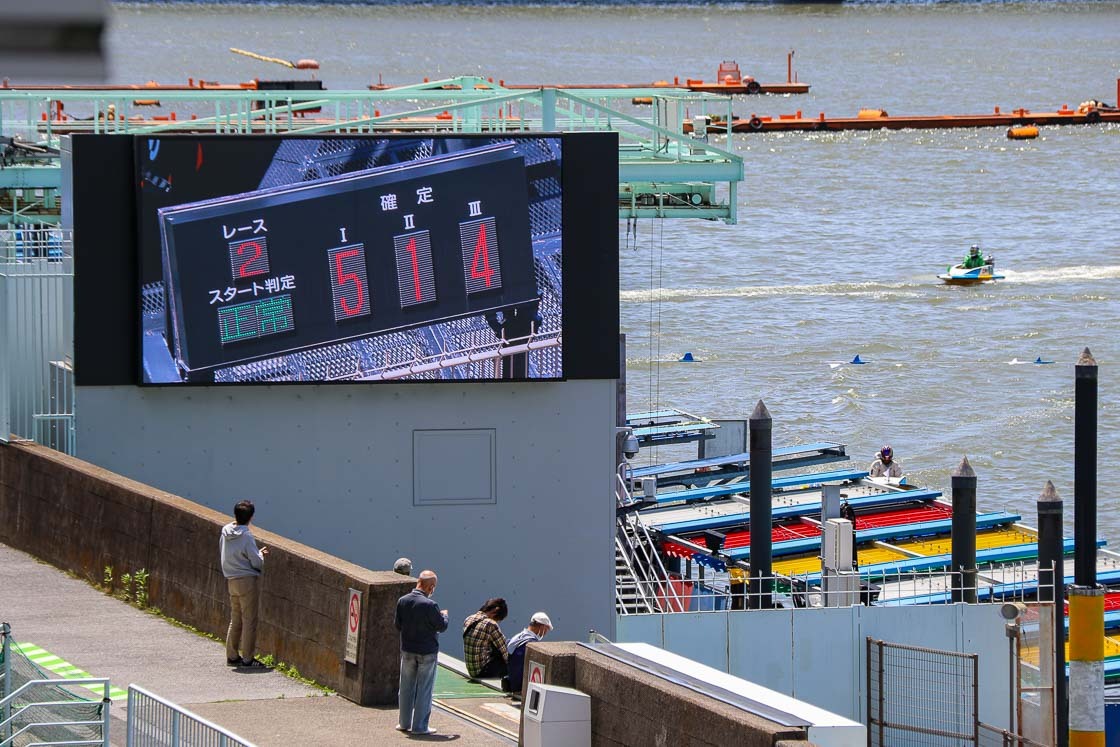
Fun facts about boat race
The thrill of boat race is hearing the roar of the engines, seeing the action up close and of course, the payout for your winning bets. Below are some trivia to know about boat race before your maiden trip.
- The minimum age to start as a professional boat racer is 15, and the age of boat racers range from those in their teens to those in their 70s. The youngest boat racer to graduate from the incubator course in 2024 was a 16 year old girl, who made her debut race in the same year. The current oldest racer, Takahashi Jiro, is 76 years old, and still racing till this day (as of June 3rd, 2025).
- The lowest weight for a boat racer is 52 kilograms for men and 47 kilograms for women. Many racers make an effort to meet the minimum weight.
- Boat racers are ranked in order from A1 to A2 to B1 and B2. Racers of all ranks can participate in the General tournament, while the Special Grade tournaments usually have only A1-ranked racers.
- The most anticipated race in a tournament day is usually the 12th and last race of the day.
- Betting advisors can be found in the venue and will dispense their sagely wisdom about the upcoming race for 100 yen.

